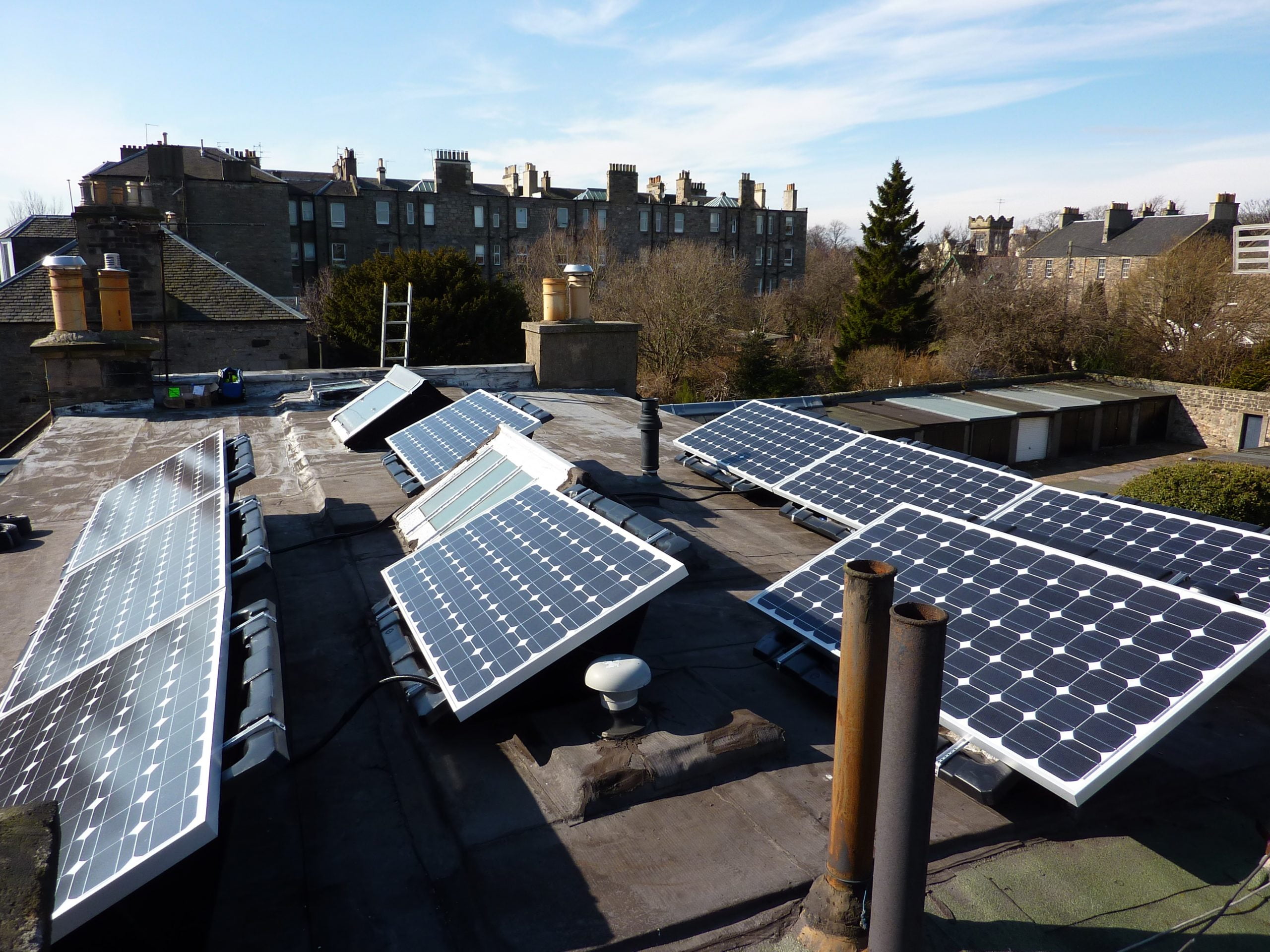We’ve been calculating our carbon footprint for around 20 years, and every year we think about what more we can do. We got to a point where we’d done all the easy things, so the next step was to consider solar photovoltaic (PV) panels.
We used the Home Energy Scotland advice service to identify the best energy saving improvement for our home, as we were considering either solid wall insulation or solar panels. However, we live in a terraced house with very little outside wall, so it didn’t make sense to install solid wall insulation. The report from Home Energy Scotland helped us identify that solar PV was the right technology to install.
We installed the panels in 2011, before the Feed-in Tariff (FIT) was available, so that wasn’t a driver for us. Our motivation was how to cut our carbon emissions. You have to register your system with Ofgem – so we actually have a registered power station on our roof! We registered to receive Renewable Obligation Certificates – or ROCs – which were later converted to FITs, so we do now receive payments through the scheme.
Although we haven’t got a big system, the combination of the Feed-in Tariff and energy savings covers our whole electricity cost. We receive the higher FIT rate as we installed our system in the early days of financial incentives for home renewable energy.
Please note that the Feed-in Tariff closed to new applications in March 2019, but was replaced with the Smart Export Guarantee (SEG) in England, Scotland and Wales.


